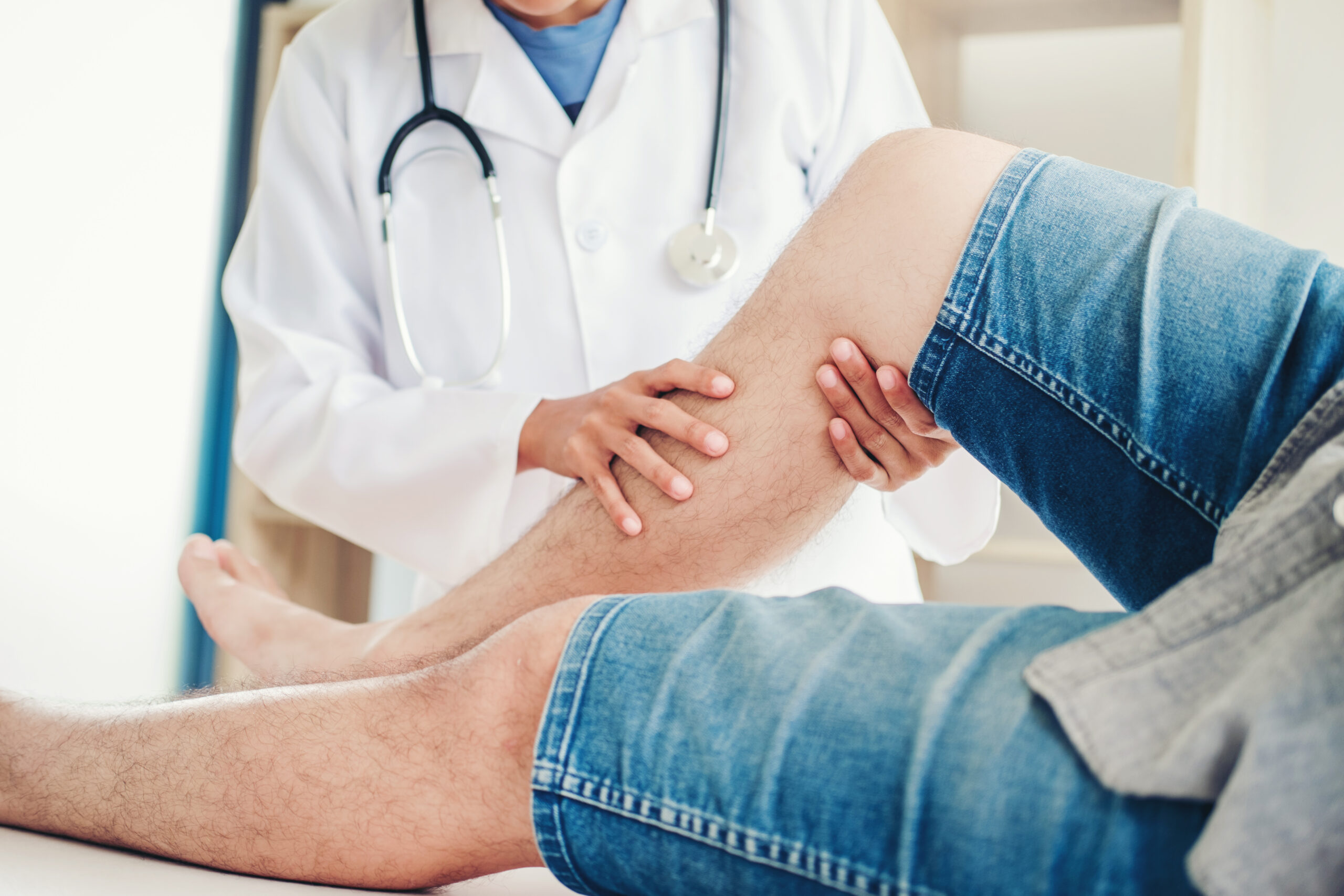The spine is one of the most important structures in the body, providing support, mobility, and protection for the central nervous system. That’s why a Billings chiropractor like Dr. Thomas Keogh emphasizes the vital role that spinal health plays in overall wellness and focuses on it as a means of healing.
The spine is divided into three main sections: the cervical, thoracic, and lumbar regions. Each part serves a specific purpose in supporting movement and protecting the nervous system.
Cervical Spine (Neck)
The cervical spine, located in the neck, consists of seven vertebrae (C1–C7). These vertebrae are smaller and more flexible than other parts of the spine, allowing for a wide range of head and neck motion. The cervical spine also plays a crucial role in protecting the brainstem, the spinal cord, and the flow of information from the brain to the body.
However, the cervical spine is prone to injury due to its mobility and vulnerability. Poor posture, accidents, or prolonged sitting can lead to misalignment in this region, potentially causing issues such as headaches, neck pain, and reduced mobility.
Thoracic Spine (Mid-Back)
The thoracic spine consists of 12 vertebrae (T1–T12) and is located in the upper and mid-back. It is connected to the rib cage, providing a stable structure that protects vital organs such as the heart and lungs. The thoracic spine doesn’t have as much range of motion as the cervical and lumbar regions due to its protective function.
This area of the spine is also less prone to injury compared to other regions, but issues can still arise, especially from poor posture, stress, or trauma. Since the thoracic spine is connected to many important internal organs, misalignments can lead to symptoms such as upper back pain, restricted breathing, or even digestive issues.
Lumbar Spine (Lower Back)
The lumbar spine is the lower portion of the back, consisting of five vertebrae (L1–L5). These vertebrae are larger and stronger because they bear most of the body’s weight and provide stability for movement. The lumbar region is also responsible for protecting the nerves that control the lower body, including the legs, hips, and feet.
Due to the pressure it endures, the lumbar spine is especially prone to issues such as lower back pain, herniated discs, and sciatica. These problems can significantly affect mobility and quality of life.
Keep Your Spine in Balance
Each region of the spine plays a unique role in maintaining overall health. When one area is out of alignment, it can affect other parts of the body. Misalignments in the spine, known as subluxations, can interfere with nerve communication, leading to discomfort, decreased mobility, and even organ dysfunction.
Chiropractic adjustments aim to restore alignment and support the body’s natural healing process. Whether you are experiencing neck pain, lower back discomfort, or overall tension, addressing spinal health can lead to improved well-being.
If you’re ready to prioritize spinal health, Bare Chiropractic is here to help. Reach out to us today to schedule an appointment!
Sources
“A Patient’s Guide to Anatomy and Function of the Spine.” University of Maryland Medical Center. https://www.umms.org/ummc/health-services/orthopedics/services/spine/patient-guides/anatomy-function
“Spine Anatomy: Regions of the Spine.” Southern Oregon Neurosurgical & Spine Associates. https://www.sonsa.org/spine-surgery/spine-anatomy/the-regions-of-the-spine/



